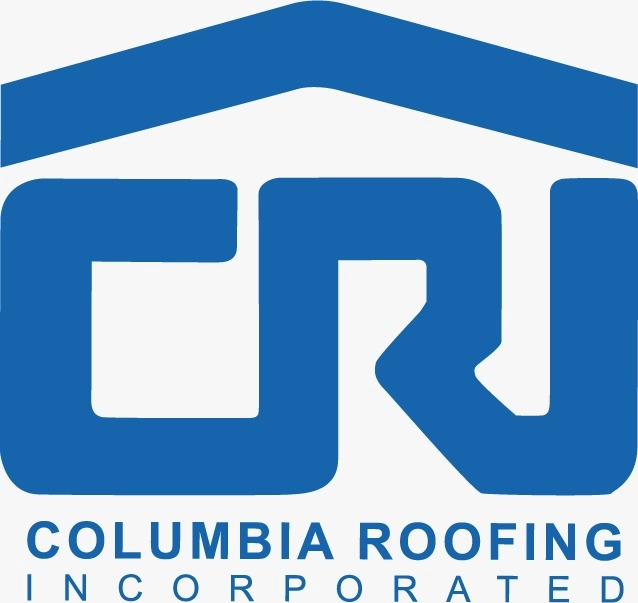Signs You May Need Gutter Guards
Gutter guards aren't required for all homes, but evidence of obstructed gutters is clear. Indicators of ongoing gutter troubles are:
- Leaky seams or joints where water leaks out of gutters
- Frequent clogs that cause overflow and water to spill over gutters
- Soggy ground or visible erosion around your home's foundation
- Visibly damaged, sagging, or misaligned gutters that no longer direct rainwater correctly
- Mold growth, interior wall stains, or peeling exterior paint on walls near gutters.
How To Choose a Gutter Guard Installer
Assess Their Experience
When selecting an installation company, look for one with considerable experience and knowledge about many brands and guard types. An experienced company will understand how to measure and fit gutter guards for your specific needs. Check a provider's years of experience and request referrals from local customers.
Verify Proper Licensing and Insurance
Always confirm professional gutter guard installers are properly licensed, bonded, and hold workers compensation and general liability insurance. This protects you from liability for any accidents or injuries that might happen. Ask to see current licensing and insurance papers when talking with potential providers.
Choose Reputable Brands
Look for well-known gutter guard brands such as Gutter Helmet and LeafFilter when selecting an installer. Avoid generic no-name or off-brand guards, which likely lack thorough testing.
Seek Custom Fit Services
For optimal performance, gutter guards need on-site sizing and cutting to match your gutters. Choose a company that takes specific measurements and trims guards for your home instead of using generic options. Correctly-fitted guards avoid debris-trapping gaps.
Examine Warranties
Top gutter guard companies often offer 20-year or lifetime warranties covering clogs, rust, leaks, and other issues. When selecting a company, carefully examine the warranty details for both materials and workmanship guarantees. Warranties give you the best protection for your gutter investment.
Check Reviews and Referrals
It's a good idea to research online reviews on Yelp, Google Reviews, the Better Business Bureau (BBB), and other review sites to see customer feedback. Ask neighbors to suggest companies that provide quality local gutter guard installation. When researching, look for providers with consistently good feedback rather than just a single recommendation.
Types of Gutter Guards
The six typical types of gutter guards are as follows:
- Foam guards are light and easy to install. The foam collects debris and keeps it out of your gutter. Foam guards cost roughly $2.47 per linear foot.
- Brush guards are made of large brush bristles that sit inside your gutters, blocking debris while allowing water to pass through. Brush guards cost around $4.06 per linear foot.
- Screen guards have large holes that let water through while stopping debris. On average, you can expect to spend $4.59 per linear foot for screen guards.
- Mesh guards stop debris but allow water to flow through. Mesh guards have even smaller holes than screen guards. They're durable and encourage debris to slide off rather than sitting on top of your gutters. Mesh guards cost around $4.29 per linear foot.
- Micro-mesh guards have even smaller holes than mesh guards, allowing even less debris into your gutters than mesh. They are extremely effective. Micro-mesh guards cost around $5.35 per linear foot.
- Surface tension guards, sometimes called reverse curve guards, use surface tension to allow debris to slide off while water flows through into the gutter. They are often visible from the ground. Surface tension guards cost roughly $3.36 per linear foot.













